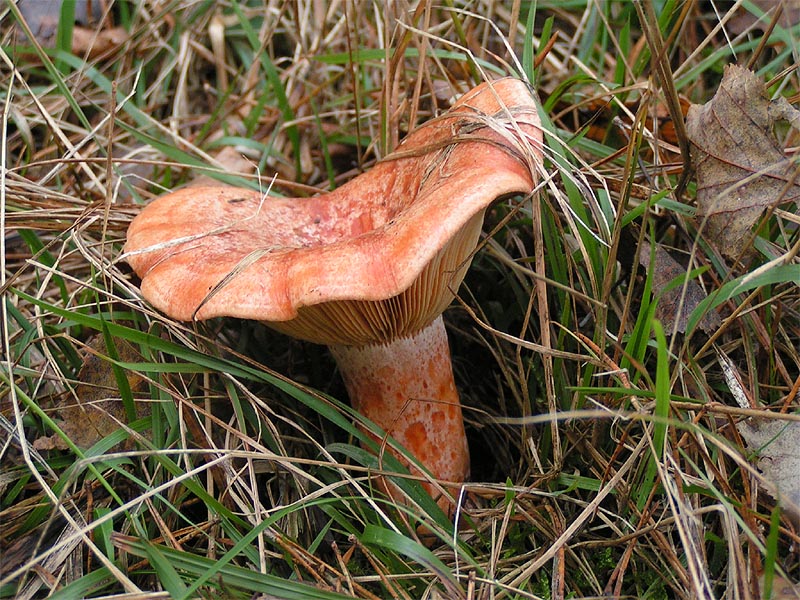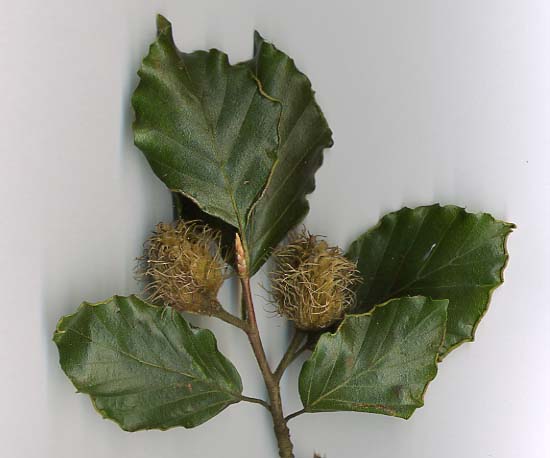
Wild Edible Of The Week - Week 30 - "Medlar"
Botanical name : Mespilus germanica
Common names : Medlar, Common Medlar, Open arse (historic)


Physical appearance : A (usually) small deciduous tree, growing up to 6 metres in height (20 ft). It has green, alternating leaves which are large and crinkled and have fine white hairs on the underside. The Medlar produces white flowers with five white petals and longer green sepals. The Medlar fruit is orange in colour and resembles an over-sized rosehip.

Edible parts : The Medlar fruit requires a warmer climate to fully ripen. In cooler, temperate climates such as the UK, a process called bletting needs to take place, before the fruit is edible. Bletting occurs when frost damages the fruit and starts the decomposition process. Similar to when an apple is bruised, the bletted flesh turns from a pale creamy colour to a brown, grainy appearance. This fruit pulp can be collected by scraping and is similar to apple sauce. In warmer climates, the fruit ripens naturally on the tree and does not need to undergo the bletting process. Alternatively, the fruit can be ripened in storage.


Best places to find : No longer commonly cultivated, the tree is now occasionally found in hedgerows, woodlands and in the odd garden.
Time of year : Interestingly, due to the need for bletting, this makes the edible fruit available much later in the year. Importantly, this provides a rare and useful source of vitamin C in the Winter. In the UK, the fruit will not be ready for consumption until mid Winter.
Interesting factoid : The Medlar was commonly cultivated throughout the Roman period and Middle Ages.


Other uses : The fruit is commonly used in desserts and jellies or can be eaten mixed with sugar and whipped cream.
Do you want to try some medlar? The Kent Apple Festival will be showing several thousand varieties of apples and other fruits including Medlar.
Please follow this link if you would like to see details of the show. Click
Photos courtesy of
Andrew Dunn
CC BY-SA 2.0, https://commons.wikimedia.org/w/index.php?curid=379157
By Nadiatalent - Own work, CC BY-SA 3.0, https://commons.wikimedia.org/w/index.php?curid=19496469
By H. Zell - Own work, CC BY-SA 3.0, https://commons.wikimedia.org/w/index.php?curid=16121924
By Karelj - Own work, CC BY-SA 3.0, https://commons.wikimedia.org/w/index.php?curid=33677908


